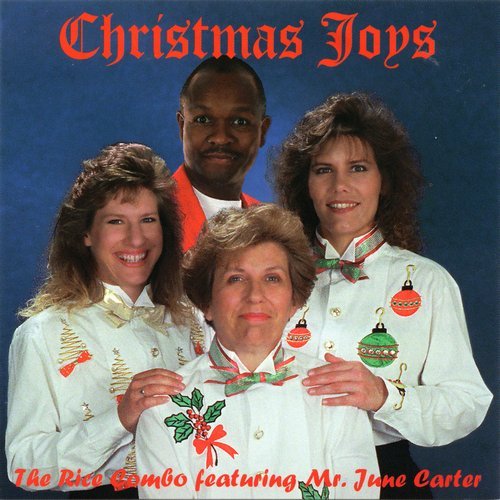Benedek Csalog, Dóra Pétery - Quantz: Complete Flute Sonatas, Vol. 1 (2024) [Hi-Res]
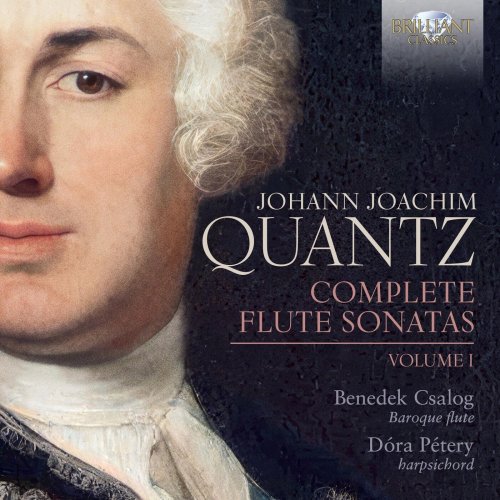
Artist: Benedek Csalog, Dóra Pétery
Title: Quantz: Complete Flute Sonatas, Vol. 1
Year Of Release: 2024
Label: Brilliant Classics
Genre: Classical
Quality: flac lossless (tracks) / flac 24bits - 44.1kHz
Total Time: 01:04:09
Total Size: 360 / 664 mb
WebSite: Album Preview
TracklistTitle: Quantz: Complete Flute Sonatas, Vol. 1
Year Of Release: 2024
Label: Brilliant Classics
Genre: Classical
Quality: flac lossless (tracks) / flac 24bits - 44.1kHz
Total Time: 01:04:09
Total Size: 360 / 664 mb
WebSite: Album Preview
01. Flute Sonata in B Minor, QV 1: 67: I. Siciliana
02. Flute Sonata in B Minor, QV 1: 67: II. Allegro Assai
03. Flute Sonata in B Minor, QV 1: 67: III. Vivace
04. Flute Sonata in E Minor, QV 1: 1: I. Largo
05. Flute Sonata in E Minor, QV 1: 1: II. Allegro
06. Flute Sonata in E Minor, QV 1: 1: III. Vivace
07. Flute Sonata in G Major, QV 1: 12: I. Cantabile
08. Flute Sonata in G Major, QV 1: 12: II. Allegro di molto mà Fièro
09. Flute Sonata in G Major, QV 1: 12: III. Vivace, mà Gracioso
10. Flute Sonata in E Minor, QV 1: 6: I. Adagio
11. Flute Sonata in E Minor, QV 1: 6: II. Allegretto
12. Flute Sonata in E Minor, QV 1: 6: III. Presto
13. Flute Sonata in B-Flat Major, QV 1: 53: I. Cantabile
14. Flute Sonata in B-Flat Major, QV 1: 53: II. Alla Breve
15. Flute Sonata in B-Flat Major, QV 1: 53: III. Vivace
16. Flute Sonata in F Major, QV 1: 7: I. Arioso
17. Flute Sonata in F Major, QV 1: 7: II. Allegro
18. Flute Sonata in F Major, QV 1: 7: III. Presto
19. Flute Sonata in G Major, QV 1: 7: I. Arioso
20. Flute Sonata in G Major, QV 1: 7: II. Allegro Assai
21. Flute Sonata in G Major, QV 1: 7: III. Vivace
Johann Joachim Quantz was one of the greatest composers of his time, with a large oeuvre to his name. And while his work for flute has been enjoyed by flautists and audiences alike, it doesn’t seem to meet any of the criteria codified at the beginning of the 20th century for what constitutes ‘great’, ‘lasting’, ‘profound’ or ‘complex’ music. Nor does it meet the requirement set in modern times for the worth of a composer’s work to be measured in terms of the influence it has on the next generation. This is because, after having achieved a technical knowledge on par with his contemporaries, Quantz opted for the restrictive life of a court composer in the service of Frederick the Great, King of Prussia, who, though an educated man and amateur musician, had a conservative taste in music. Quantz’s music was therefore never ‘fashionable’, and his compositions failed to leave a mark on posterity.
Quantz’s oeuvre for the transverse flute includes around 300 concertos, 200 sonatas and dozens of chamber music works, yet until the middle of the 20th century, none of his sonatas and only one of his concertos had been performed in concert. Like the concertos, the sonatas are among the finest examples of the genre, integrating progressive composing techniques and a versatile form and structure. The chronology of the sonatas can only be ascertained to a point. For this first instalment in the recording of Quantz’s complete flute sonatas, the selection is linked neither to chronology nor to catalogue number. It features an early composition from Dresden (in B flat major, QV 1:153) and showcases a variety of keys across the seven sonatas chosen. Despite the ad hoc order, by the end of the series all known original sonatas will have been covered.
This recording project aims to reconstruct coeval performance conditions as accurately as possible. These efforts include using a replica of an original flute built by Quantz, played at the original pitch (a whole tone lower than standard) and recording in a hall very similar in size, proportions and acoustics to the music hall in Potsdam where so many of Quantz’s famous music evenings took place. The microphone set up reproduces without any manipulation what the listener would hear at a performance in such a hall, from a distance of about five metres. In the endeavour we encountered several dilemmas, one being the choice of accompanying forces. It is known that at Frederick’s court the use of a keyboard instrument plus a string bass was considered optimal, but we do not know whether this was always realised in practice. In the end it was decided to record most of the sonatas with keyboards only. Another important question, then, was the choice of keyboard: harpsichord or fortepiano. While from the 1740s onwards Frederick had become acquainted with Gottfried Silbermann’s fortepianos and indeed purchased a number of them, the harpsichord remained an important accompanying instrument, and there were many of them at the court.
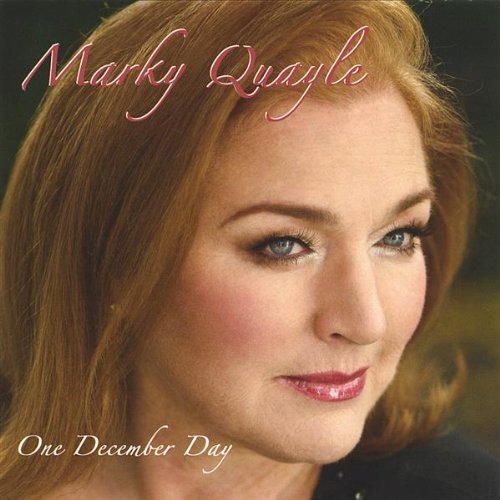
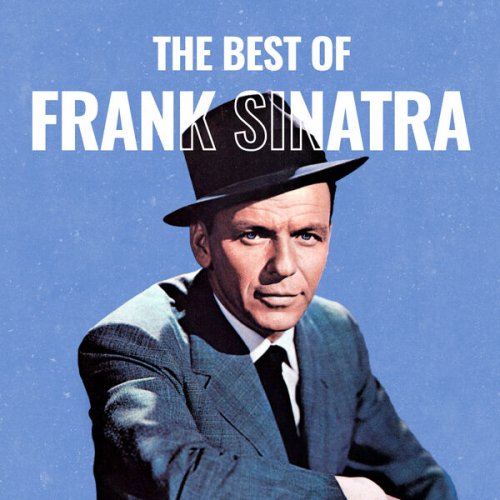
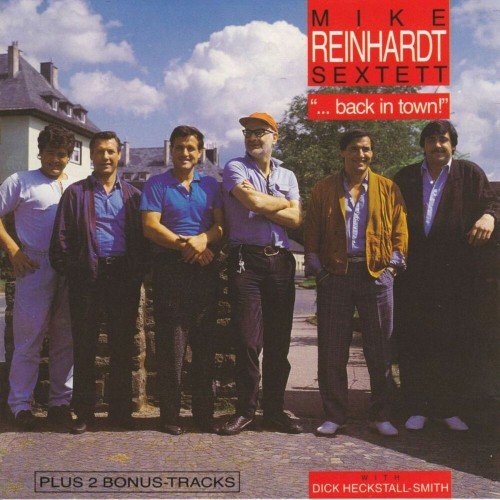
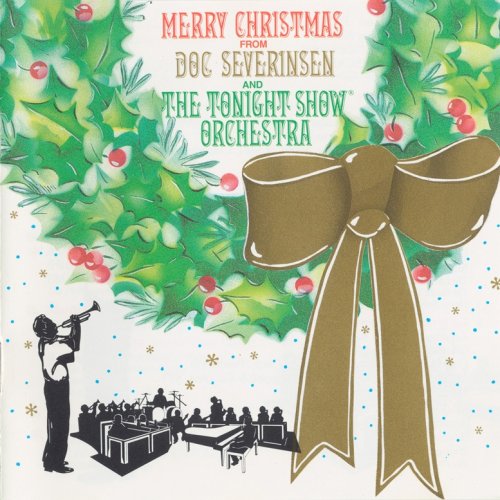
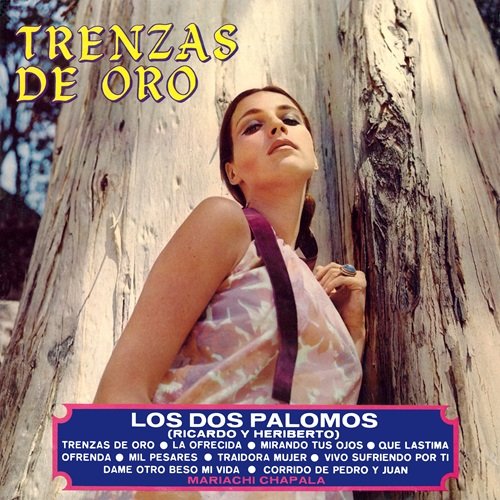
![Max Buettner - Reconnect (2025) [Hi-Res] Max Buettner - Reconnect (2025) [Hi-Res]](https://www.dibpic.com/uploads/posts/2025-12/1766910938_cover.jpg)
![Arnaud Quevedo - Live Quintet 2025 (Live) (2025) [Hi-Res] Arnaud Quevedo - Live Quintet 2025 (Live) (2025) [Hi-Res]](https://www.dibpic.com/uploads/posts/2025-12/1767018191_cover.jpg)
